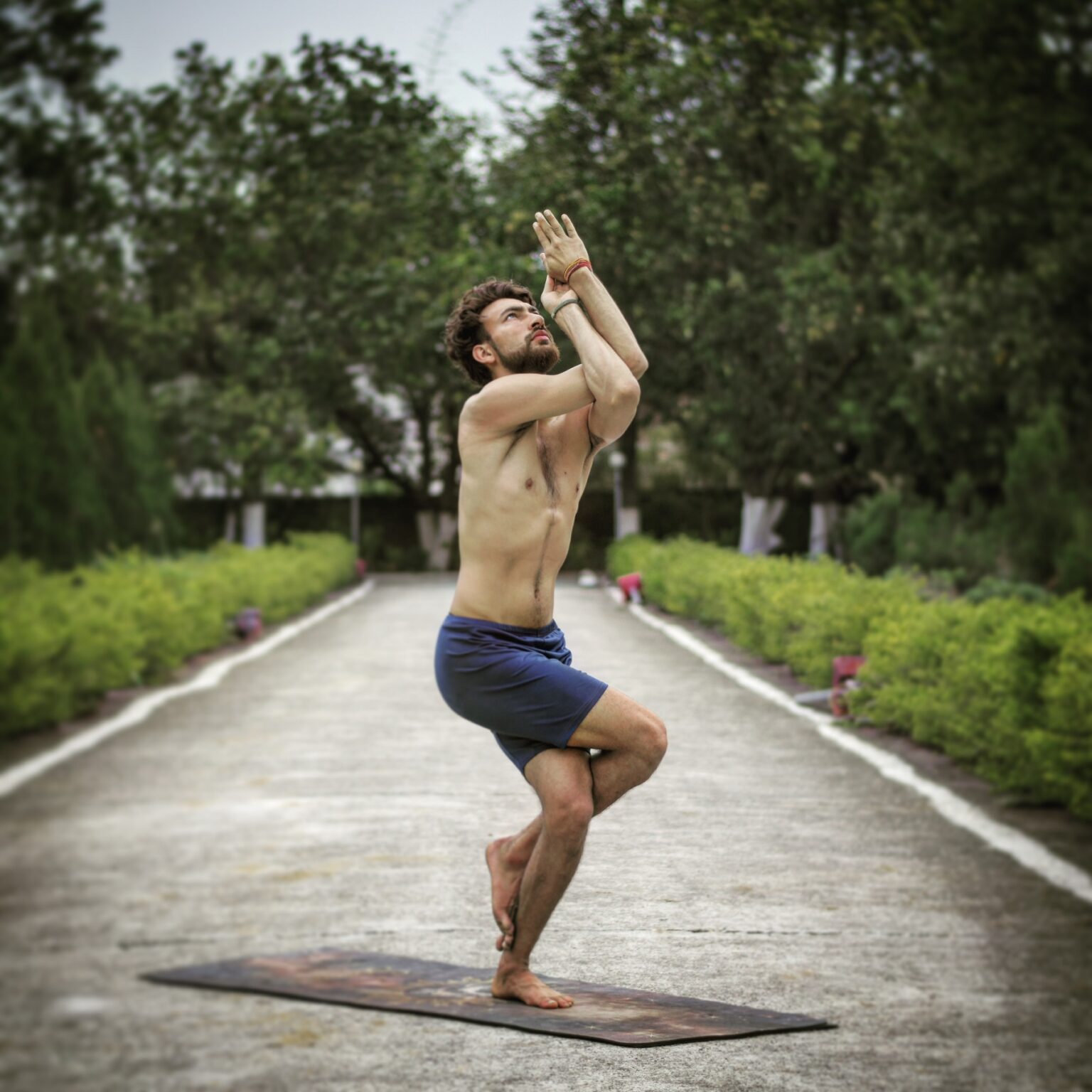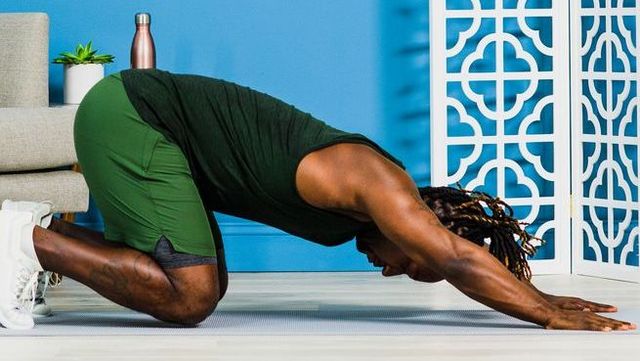SEVERE SHOULDER PAIN
Shoulder pain or tightness is common among adults, about 18-26%. The shoulder is the most mobile ball-and-socket joint consisting of three main bones – the humerus or long arm bone, the clavicle or collarbone, and the scapula or shoulder blade helping in versatile range of motion. Pain or stiffness in the shoulder might extend till the neck, back, and upper body, and limit the daily activities.
The shoulder bones are cushioned by a layer of cartilage. Shoulder has 2 main joints
- Acromioclavicular joint – Joint between clavicle and the highest part of the scapula.
- Glenohumeral joint – Also known as shoulder joint. Joint between the ball-shaped part of the humerus bone and the outer edge of the scapula.
Shoulder pain could arise from the shoulder joint or if any of the surrounding muscles, ligaments or tendons are infected or damaged. It can also be caused due to referred pain caused by various diseases and conditions affecting the chest or abdomen like heart disease.

CAUSES OF SHOULDER PAIN
Many factors and underlying medical conditions lead to shoulder pain with most prevalent being rotator cuff tendinitis characterized by swollen shoulder. Other conditions like impingement syndrome, characterized by rotator cuff stuck between the acromion and humeral head.
Shoulder pain might be result of various medical conditions like:
- Torn cartilage, muscle or tendons
- Torn rotator cuff
- Arthritis like osteoarthritis
- Swollen bursa sacs or tendons
- Bone spurs – bony projections developing along the edges of bones
- Pinched nerve in the neck or shoulder
- Broken shoulder or arm bone
- Frozen shoulder
- Dislocated shoulder
- Injury caused due to overuse or repetitive use
- Spinal cord injury
SYMPTOMS OF SHOULDER PAIN
Shoulder pain could be caused due to many reasons and the symptoms for each cause is different. Some of the symptoms based on the underlying medical condition are:
- Pain – Occurring deep in the shoulder joint, back or the front of the shoulder and the upper part of the arm. It can also be described as a catching pain. The location and type of pain might be related to the structure affected with the pain.
- Reduced movement, and pain worsening while moving the shoulder.
- Weakness of the shoulder/upper arm with sensation of the joint slipping out and back into the joint socket.
- The shoulder is completely dislodged (dislocated).
- Sensations like pins and needles (tingling) or burning pain which is more likely to be associated with nerves from the neck rather than the shoulder joint.
- Lack of movement after a shoulder dislocation usually due to excruciating pain.
- Rotator cuff tear or injury to the axillary nerve causing weakness in moving the arm away from the body.
- Trouble breathing, dizziness, excessive sweating and chest tightness might be the result of heart attack
- Pain in the neck or jaw
Shoulder pain or injury takes a long time to heal. The earlier you address the pain, the better. Depending on your injury, you should be able to make a full recovery.
EXERCISE FOR SHOULDER PAIN RELIEF
People maintaining poor posture or involved in strenuous physical labor that like heavy lifting or working overhead are likely to develop shoulder pain. If shoulder pain is not caused due to any injury or trauma below exercises would be helpful. However, if the pain worsens due to exercise it is important to seek medical diagnosis and discontinue the exercise immediately.

Mobility Exercise
The mobility exercise including stretching exercises help improve flexibility of muscles and tendons allowing greater range of motion during activities.
- Arm circles – This helps in warming up the shoulder joints as well as improving flexibility. Doing arm circles help in relieving shoulder tension and pain. The exercise also relieves soreness of tendon (cord that attaches a muscle to another body part) in the rotator cuff, part of the shoulder involved in circular motion of the arm.
- Doorway Stretch – This is a static stretch that helps to improve the flexibility of the shoulders, mainly focusing on the pectoralis muscles. This can be done in the doorway or the corner of a room by placing the hands (at shoulder height) on the opposite walls and leaning forward to feel the maximum stretch in the shoulder blade and chest.
- Thread the needle – This exercise helps in relieving mobility restrictions in the shoulder along with upper back. The exercise provides stretches and opens up the shoulders, chest, arms, upper back, and neck to release the tension in the upper back and between the shoulder blades. This exercise also provides a mild twist to the spine helping to reduce tension.
- Eagle Pose – Also known as Garudasana, is a yoga pose that stretches the shoulder muscle and upper back along with strengthening the thighs, hips, ankles, and calves. The exercise helps build balance, calm focus, and concentration. The exercise is performed with crossing one leg like right over the left, with the arm on the opposite side, like left crossed over the right, and pressing the palms together. Being on one leg during the exercise helps building balance and concentration.
- Child’s Pose – Also known as balasana (yoga pose) is a gentle, relaxing exercise that stretches the shoulders, neck muscles and lower back. This also calms the brain and helps relieve stress and fatigue. The exercise is performed with kneeling on the floor with feet hip-width apart and placing the palms on the floor. Further sit back on the heels and hinge forward at the hips while resting the stomach on the thighs and extending the arms in front while resting the forehead on the floor. To feel maximum stretch press the chest and shoulders toward the ground.

Strength Exercise
Strengthening the muscles supporting the shoulder joint help in keeping the shoulder joint stable, relieve shoulder pain and prevent further injury.
- Lateral raise – This exercise strengthens the shoulder muscles like anterior deltoid, medial deltoid, and posterior deltoid. This exercise focuses mainly on the primary muscle like the medial or middle deltoid by lifting the arms to the sides with lightweight dumbbells, resistance bands, or water bottles or without weights.
- External and internal shoulder rotation – This exercise helps in strengthening the rotator cuff muscles and improving flexibility. Exercise focuses mainly on the infraspinatus and teres minor both supporting lateral or external rotation of the arm at the shoulder. People can use a resistance band or towel for maximum benefit. The exercise should be performed by lying on the side with the injured shoulder facing up and slowly rotating the arm outward, with keeping the elbow bent until the stretch is felt. It is important to hold the position for 30 seconds.
- Reverse Fly – This exercise helps in strengthening the posterior deltoids, the muscles on the backs of the shoulders and upper back muscles like the rhomboids and trapezius. The exercise would require a pair of dumbbells, resistance bands, or water bottles.
- Downward Dog – Also known as Adho Mukha Svanasana, a yoga pose that would help strengthen the shoulders and back muscles along with improving the mobility of the shoulders and thoracic spine (upper back). The exercise helps stretching the hips, hamstrings, and calves along with strengthening the quadriceps and ankles. It opens the chest and shoulders as well as tones the arms and abdominals.
Exercises to Relieve Severe Shoulder Pain
OUTLOOK
Shoulder pain if left untreated might become a chronic problem inhibiting everyday activities like carrying groceries, getting dressed or combing your hair. Exercises along with pain killers would help relieve shoulder pain.
If you or anyone you know is suffering from severe shoulder pain, our expert providers at Specialty Care Clinics will take care of your health and help you recover.
Call us on (469) 545-9983 to book an appointment with our specialists.
